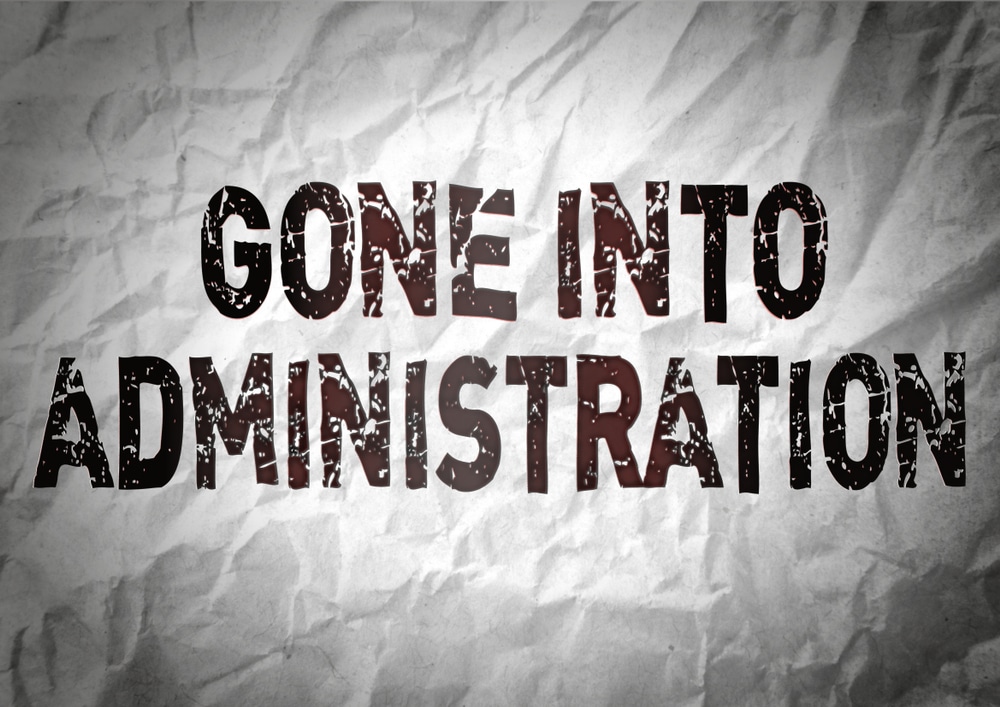Company Administration Explained: What Takes Place When Organizations Go into Liquidation?
Company Administration Explained: What Takes Place When Organizations Go into Liquidation?
Blog Article
Exploring the Influence of an Organization Entering Into Administration
When a service enters administration, the consequences waterfall beyond its instant confines, sending surges through different rounds. The abrupt interruption to operations can lead to a domino result affecting staff members, suppliers, and consumers alike. However, the ramifications prolong much past the functional world, delving into the complex web of financial complications and lawful obligations that trap stakeholders. As we browse through the complex landscape of a service encountering management, a deeper understanding of its effects emerges, clarifying the complexities that unravel when the fate of a venture hangs in the balance.
Immediate Effect on Workflow
When a service goes right into administration, the immediate influence on its operations can be substantial, affecting different facets of its functioning. One of the main consequences is the disturbance in daily activities. With unpredictability bordering the future of the firm, employees may experience distress, leading to decreased performance and inspiration. Partners and suppliers may end up being reluctant to engage with the service, influencing the supply chain and possibly triggering hold-ups or shortages in crucial sources.
Financially, the firm might face limitations on its costs and investment choices, as administrators take control to assess the scenario and identify the best course of activity. This can bring about cash circulation challenges, making it difficult to satisfy obligations such as paying earnings or settling invoices quickly. In addition, the track record of business might experience, as news of administration spreads, possibly causing a loss of consumer trust and commitment.
Financial Ramifications for Stakeholders
The immediate operational obstacles faced by a company entering administration have substantial economic ramifications for stakeholders entailed in the firm's events. Shareholders usually birth the impact of financial losses, experiencing a decline in the worth of their financial investments as the company's stock rates drop. Workers face unpredictabilities concerning their incomes, advantages, and task safety, with potential discharges or lowered compensation bundles looming. Providers might experience payment hold-ups and even non-payment for items or solutions offered, affecting their money flow and total security. In addition, creditors deal with the risk of obtaining just a portion of the money owed to them, resulting in possible losses and affecting their own financial wellness. On the various other hand, clients may also be influenced by an organization entering into administration, dealing with disturbances in service, service warranty problems, or the loss of pre-paid solutions or deposits. These financial ramifications highlight the causal sequence that an organization going into management can carry numerous stakeholders, highlighting the importance of proactive danger administration and tactical preparation.
Legal Commitments and Obligations
When a company goes into management,Browsing the elaborate internet of legal commitments and duties is an important endeavor for all events included. The managers selected to manage the process have an obligation to act in the most effective rate of interests of the creditors. They must follow lawful demands, such as preparing reports on the business's financial situation and carrying out meetings with financial institutions to talk about the management procedure.
Staff members likewise have lawful rights that need to be upheld during management. Depending on the situations, they might be entitled to redundancy pay, notification pay, and various other benefits. It is crucial for managers to follow employment regulations and guarantee that workers are dealt with fairly throughout the process.
Creditors play a considerable duty in administration also. They can be notified concerning the company's economic status, attend lenders' conferences, and ballot on essential choices. Administrators navigate to this site need to connect transparently with financial institutions and follow lawful methods to protect their passions.
Possible for Organization Restructuring
In the world of company administration, checking out the possibility for reorganizing holds substantial guarantee for rejuvenating a battling company. When an organization faces monetary distress or functional difficulties, reorganizing uses a calculated strategy to attend to underlying problems and position the business for future success. By reassessing the organizational framework, operational processes, and financial strategies, a company can carry out adjustments that boost performance, minimize expenses, and improve general performance.

Furthermore, reorganizing provides a possibility to review management duties, responsibilities, and decision-making procedures to guarantee reliable governance and responsibility. By implementing a well-thought-out restructuring strategy, a business can browse challenging times and emerge more powerful and extra resilient in the open market landscape.

Effects for Sector and Market
Considering the wider effects for sector and market characteristics, it comes to be noticeable that a company going through restructuring can trigger causal sequences that resound throughout the competitive landscape. When a business goes right into administration, it can lead to boosted competition as other companies seek to load deep space his explanation left by the struggling organization. This intense competitors can result in cost wars, technology drives, or mergings and purchases as companies jostle for market share.
In addition, the collapse of a service can likewise impact providers and partners within the industry. Providers may face repayment hold-ups or perhaps defaults, affecting their very own financial security (company administration uk). Partnerships that were reliant on the now-struggling company may require to be reassessed or renegotiated, causing additional disturbances in the marketplace community
Final Thought
To conclude, the effect of a business entering into management is considerable, influencing procedures, funds, legal commitments, and potentially resulting helpful resources in restructuring. Stakeholders should browse the obstacles and unpredictabilities that occur from this procedure, while the bigger sector and market might likewise feel the effects. It is vital for all parties involved to carefully consider their next steps and prepare for the future in order to mitigate potential losses and make sure the best outcome for all included.
When a service goes into management, the immediate impact on its procedures can be significant, influencing various elements of its working.The immediate operational difficulties faced by a service entering management have substantial economic ramifications for stakeholders entailed in the company's events. These economic ramifications highlight the ripple effect that a business going into management can have on numerous stakeholders, underscoring the value of positive threat management and tactical planning.
When a company goes into administration, it can lead to boosted competition as various other companies look for to fill up the gap left by the battling company - into administration.In verdict, the effect of a business going into management is considerable, affecting operations, financial resources, lawful obligations, and potentially leading to restructuring
Report this page